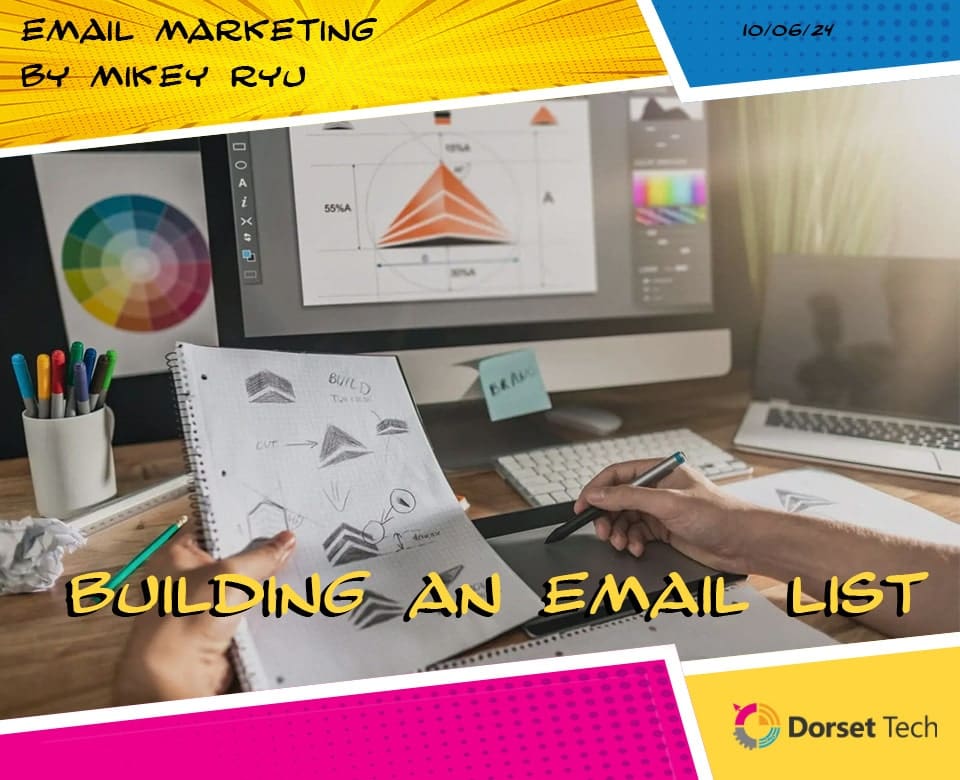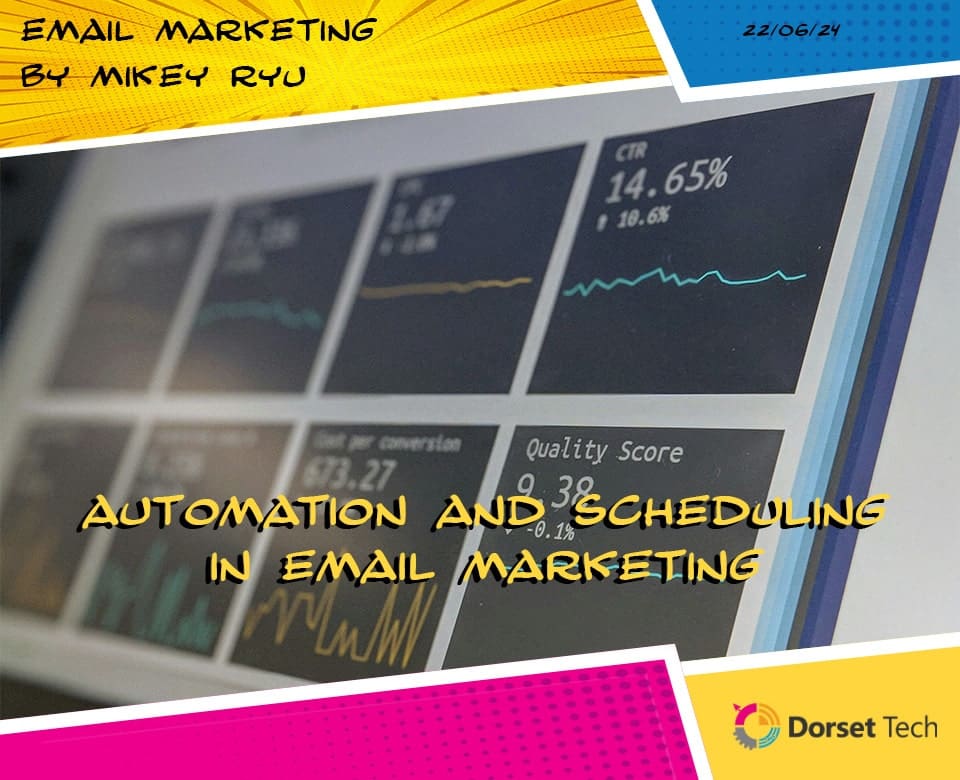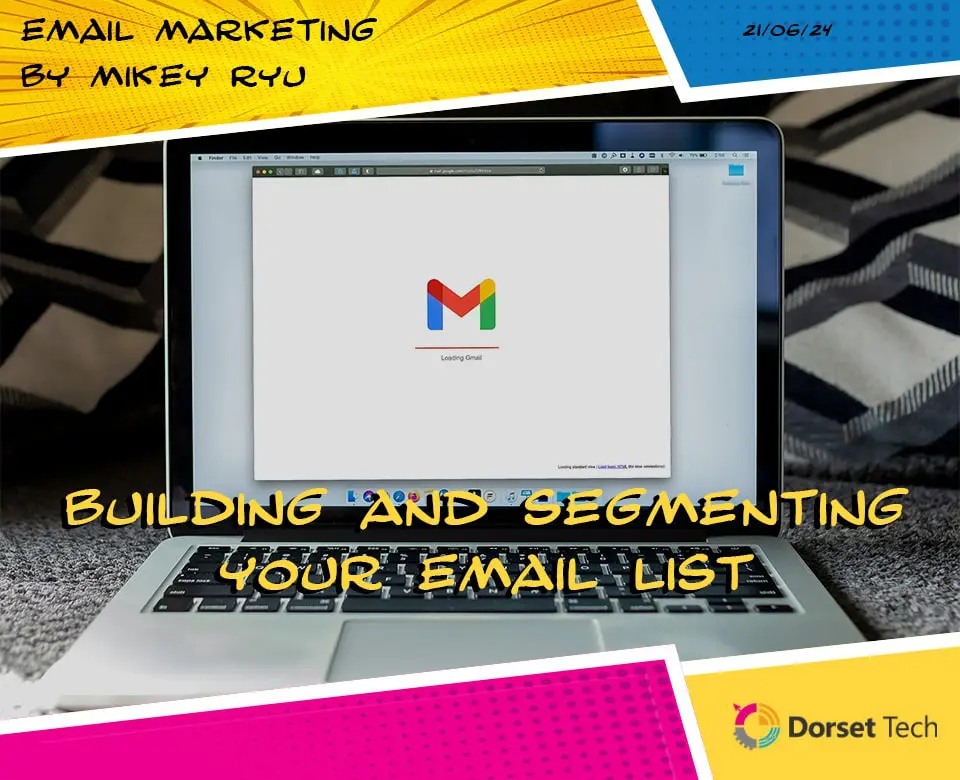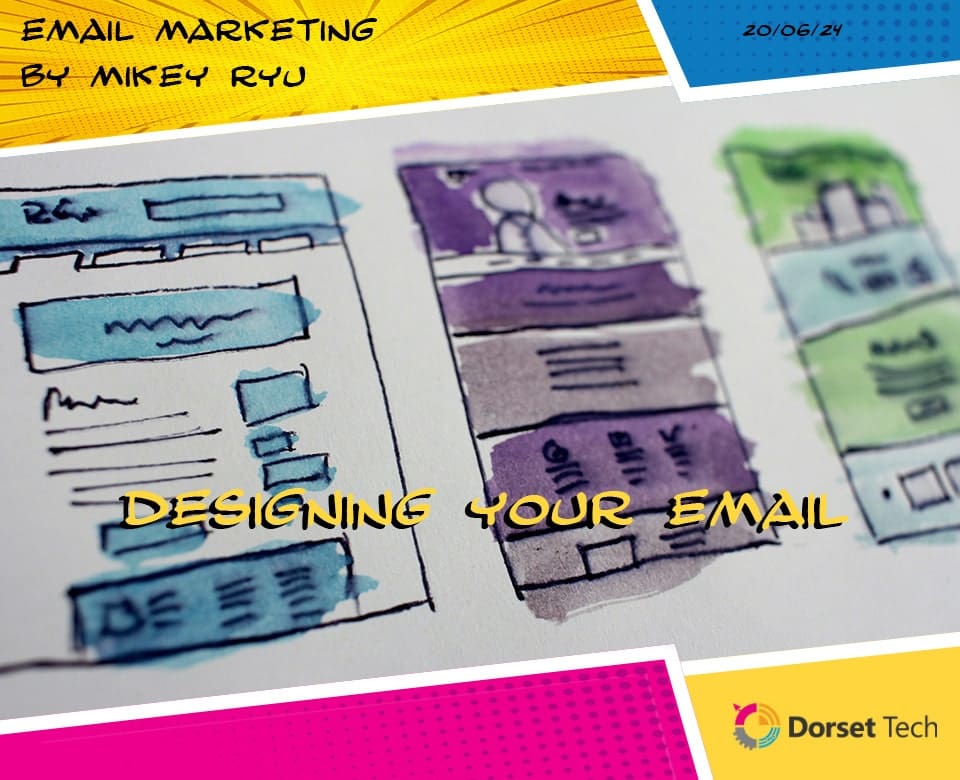
Building An Email List
Building an email list is a foundational step for any business or marketer aiming to establish a direct line of communication with their audience. Unlike social media platforms where algorithms control reach, an email list allows for personalised, direct engagement with your subscribers. Here’s an in-depth look at how to build, use, and grow an email list effectively.
What is an Email List:
An email list is a collection of email addresses gathered from individuals who have expressed interest in your product, service, or content. These individuals are your subscribers, and they have opted in to receive updates, promotions, newsletters, or other forms of communication from you.
An email list is not just a random collection of contacts; it’s a group of people who have shown a willingness to engage with your brand. This list can include existing customers, potential customers, or anyone interested in your industry. The value of an email list lies in its ability to foster a direct and personal connection with your audience, making it a powerful tool for marketing and customer retention.
How to Use an Email List:
An email list can be utilised in various ways to achieve your marketing goals:
- Newsletters: Regularly send out newsletters containing company updates, industry news, and valuable content. This helps keep your audience informed and engaged.
- Promotions and Offers: Use your email list to announce special promotions, discounts, and exclusive offers. This not only drives sales but also makes your subscribers feel valued.
- Product Launches: Announce new products or services to your email subscribers first. This can create a sense of exclusivity and anticipation.
- Personalised Content: Segment your email list based on interests, purchase history, or other criteria to send targeted content that resonates with specific groups within your audience.
- Feedback and Surveys: Use your email list to gather feedback, conduct surveys, or run polls. This provides valuable insights into customer preferences and satisfaction.
Growing Your Email List Organically:
Organic growth of your email list involves strategies that attract subscribers naturally, without using paid methods. Here are some effective ways to grow your email list organically:
1. Create High-Quality Content:
Consistently produce valuable and relevant content that appeals to your target audience. Blog posts, videos, and infographics that address their pain points or interests can attract visitors to your website, where you can encourage them to subscribe.
2. Opt-In Forms on Your Website:
Place opt-in forms strategically on your website, such as in the header, footer, sidebar, and as pop-ups. Make the sign-up process simple and straightforward.
3. Lead Magnets:
Offer lead magnets like eBooks, checklists, whitepapers, or free courses in exchange for email addresses. Ensure that the lead magnet is highly relevant and valuable to your audience.
4. Webinars and Events:
Host webinars, virtual events, or workshops on topics that interest your audience. Participants are required to register using their email addresses.
5. Social Media Promotion:
Promote your email list on social media by highlighting the benefits of subscribing. Share snippets of your newsletter or lead magnets to entice followers to sign up.
Growing Your Email List Non-Organically:
Non-organic methods involve using paid strategies to grow your email list. These methods can be effective when you need to accelerate list growth quickly:
1. Paid Advertising:
Use platforms like Facebook Ads, Google Ads, and LinkedIn Ads to run campaigns that promote your lead magnets or opt-in forms. Target these ads to your ideal audience for the best results.
2. Collaborations and Partnerships:
Partner with other businesses or influencers in your industry to reach a broader audience. This could involve joint webinars, guest blogging, or co-branded giveaways.
3. Contests and Giveaways:
Run contests or giveaways that require participants to enter their email addresses to participate. Ensure the prise is attractive enough to encourage sign-ups.
4. Sponsored Content:
Publish sponsored content on high-traffic websites or blogs within your niche. Include a call-to-action (CTA) that directs readers to your sign-up form.
5. Affiliate Marketing:
Partner with affiliates who can promote your email list to their audience. Offer them a commission for every subscriber they refer.
Email List Best Practices:
Building and maintaining an email list requires adherence to best practices to ensure its effectiveness and compliance with regulations:
1. Permission-Based Marketing:
Always ensure that individuals have explicitly opted in to receive emails from you. Avoid purchasing email lists, as this can lead to high unsubscribe rates and damage your reputation.
2. Segmentation:
Segment your email list based on various criteria such as demographics, behaviour, purchase history, and engagement levels. This allows for more personalised and relevant communication.
3. Regular Communication:
Consistently engage with your email list, but avoid overwhelming your subscribers with too many emails. Find a balance that keeps your audience engaged without causing them to unsubscribe.
4. Value-Driven Content:
Focus on delivering value in every email. Whether it’s through informative content, exclusive offers, or useful tips, make sure each email provides something beneficial to the recipient.
5. Compliance with Regulations:
Adhere to email marketing regulations such as the General Data Protection Regulation (GDPR) and the CAN-SPAM Act. Provide an easy way for subscribers to opt out and respect their privacy.
6. Analyse and Optimise:
Regularly analyse your email campaigns to understand what works and what doesn’t. Track metrics such as open rates, click-through rates, and conversion rates. Use this data to optimise your future emails.
In conclusion, building an email list is a crucial aspect of a successful marketing strategy. By understanding what an email list is, how to use it effectively, and employing both organic and non-organic growth strategies, you can create a robust email list that drives engagement and conversions. Remember to follow best practices to maintain a healthy and responsive email list that delivers long-term value to your business.





















